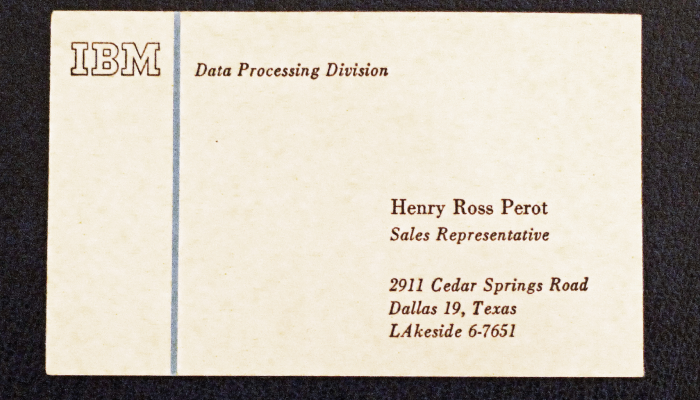.png)
Walk into any sales organization and you'll find a predictable ritual playing out: quarterly training sessions where reps watch video modules, flip through workbooks, and nod along to presentations about proven methodologies. Companies spend billions on sales training each year, yet ask any salesperson how they feel about it, and you'll likely get an eye roll.
The numbers tell a stark story. Despite the massive investment in sales training, studies show that 87% of new skills are lost within a month of training. So why does an industry that prides itself on results continue to pour money into something that demonstrably doesn't work?
The answer lies in three fundamental problems that plague modern sales training, according to industry experts who've seen the failures firsthand.
We're Teaching Yesterday's Tactics for Tomorrow's Buyers
Sam McKenna, founder of #SamSales, a sales trainer who's worked with hundreds of organizations, points to a critical flaw in how the industry approaches skill development. "The primary risk in sales training is that we still rely on methodologies built decades ago," she explains. "Sandler? 1967. SPIN? 1988. MEDDIC? 1990s."
The issue goes deeper than just age. These legacy frameworks were designed for a different era of selling, when buyers had less information and salespeople held more power in the relationship. Today's buyers research extensively before ever talking to a salesperson, often knowing more about a product than the rep trying to sell it.
"The age of methodologies alone isn't the issue," McKenna clarifies. "It's that it walks you through a massive overhaul in your process, and tells you what to do, but not how to do it." Consider the standard advice that pervades sales training: multithread your deals, find the economic buyer, identify buyer pain. All critical concepts, but the execution details are either non-existent, outdated, or rely on frameworks that feel awkward in modern buying situations.
The One-and-Done Problem
Ian Koniak, a former number-one account executive at Salesforce turned sales trainer, identifies another core issue: most sales training treats learning like a light switch that can be flipped on during a workshop and then left on to illuminate future performance.
"The main reason is that sales training is typically set up in a 'one and done' format with little to no follow up and reinforcement afterwards by sales leadership, so the information doesn't stick," Koniak explains. "Essentially, when the training is over people go back to what they were doing beforehand."
This creates a cycle where organizations invest heavily in bringing in expert trainers, gathering their teams for intensive sessions, then wonder why performance metrics remain unchanged months later. Koniak puts it bluntly: "Most sales training fails because a one or two day training can spark inspiration but it can't rewire habits and behaviors. Real transformation takes time, accountability, and daily reinforcement."
The problem isn't the quality of the material being taught. Methodologies like Challenger or SPIN contain valuable lessons about buyer psychology and the sales process. The breakdown happens in the gap between learning and application, where new concepts get overwhelmed by ingrained habits and the pressure to hit monthly quotas.
Vague Strategies Without Tactical Execution
Perhaps the most frustrating aspect of traditional sales training is its tendency toward inspirational platitudes rather than practical instruction. McKenna points to this as a major stumbling block: "Many sales trainings also lack practical and actionable advice. What works is less of 'you need to be strategic in how you sell and you need to meet your buyer where they are!' but more of 'Three ways you can be more strategic are... and say exactly this in those instances.'"
This vagueness leaves salespeople feeling motivated but unprepared. They understand they should be more strategic or consultative, but lack the specific language, questions, and frameworks to execute these concepts during actual sales conversations.
A Path Forward
The solution isn't to abandon sales training entirely, but to fundamentally reshape how it's delivered and reinforced. McKenna advocates for a more focused approach: "In order for trainings to be effective today, we need to arm our sellers with modern content that is immediately actionable, and that offers one or two big quick changes they can make to see progress, build trust, and come back to learn the rest."
#SamSales Perfect Discovery Call training exemplifies this philosophy. Rather than overwhelming reps with dozens of concepts, it focuses intensively on changing one element: the opening script. "That one shift changes the entire trajectory of the call, which builds enthusiasm in the rep and builds the muscle to adopt the new methodology."
Koniak emphasizes the need for ongoing reinforcement: "The reason sales training often misses the mark isn't the material—it's that it never transforms what reps actually do in the field."
The persistence of ineffective sales training speaks to a deeper challenge in sales organizations. Leaders know their teams need development, but the current approach treats complex behavioral change like a software update that can be downloaded and installed in a day. Until the industry acknowledges that real skill development requires sustained effort, practical application, and modern methodologies, sales training will continue to be an expensive exercise in good intentions.







